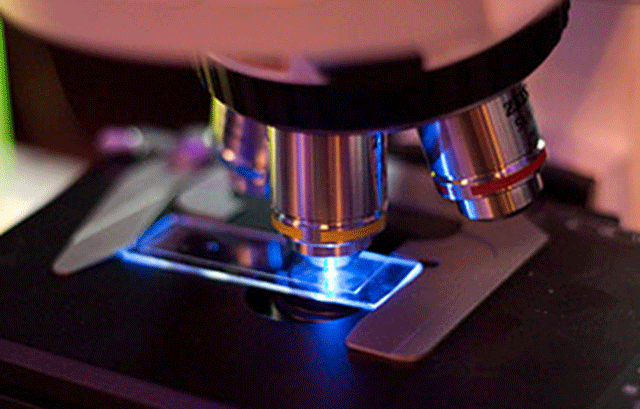Public Engagement in Life Sciences

Written by Daniel Taylor,
Assistant Public Engagement Officer at the Centre for Public Engagement
The new Life Sciences Initiative at Queen Mary is an exciting multidisciplinary endeavour, investigating public and population health, improving health needs in Whitechapel and beyond. To deliver real health outcomes and impact from the research it is essential to engage our diverse local community, as it is them we look to benefit from our work. The importance of developing meaningful, two-way relationships to enable this is reflected in public engagement being a key strategic strand of the project.
The recent Life Sciences Conference included a session to discuss how public engagement and the student population could contribute to the Initiative. Introduced by Vice-Principal Peter McOwan, the session hosted a panel of ‘engaged speakers’ covering a variety of roles: Fran Balkwill, Director of Centre of the Cell; Martin Knight, Director of Research at the School of Engineering and Materials Science; Yasmin Aktar, Universities Co-ordinator at Citizens UK and the Life Sciences student ambassador Jay Singh.
A key theme from the discussion for me was who we should engage with and how to do so meaningfully.
It should be the first thing we ask ourselves in the development of the engagement strand, and it was the first question asked: who should we be engaging with? As Yasmin pointed out, there is no one generic public - communities in Whitechapel can be identified by religion, age, location and many other things. The different groups all have different interests, feelings and routes to involvement. When looking at engagement in specific research projects, Martin pointed out that specific groups should be targeted for different research strands. As an example, the older community are perhaps more likely to be interested in, and affected by, Alzheimer's disease.
The next question is how to engage with these communities. Yasmin raised the point that traditional approaches can have little effect, as posters and adverts fall on deaf ears, especially in a diverse community featuring over 55 languages. Queen Mary Geographers have had success in engaging hard to reach groups by approaching institutions such as mosques, churches and Trade Unions through their strong relationships with community groups such as Citizens UK. Jay added that the student population at Queen Mary is large and diverse, and with many undergraduates originating from the local area, there is an untapped resource to understanding and collaborating with our community.
When I first routinely met with a lot of the health providers they said that the Bangladeshi female Muslim community are the most hard to reach, but from the engagement that we’ve done with Queen Mary students we’ve found that that community is the most engaging. They have a voice and they do want to be heard…So know your method.
Yasmin Aktar
When developing the Centre of the Cell, Fran’s team engaged the community from the start, going out and finding out what children, parents, schools and other institutions wanted from a science education centre. Being involved in formative evaluation that will shape an initiative brings trust and involvement as local people realise it is something they have had a hand in, with them in mind throughout the process.
Delivering real health outcomes to the local community and further is an important aim of the Life Sciences Initiative. To do this it is important to work together with the public, which requires knowing who to engage with, and how. This takes thought, and real effort to develop genuine relationships built on mutual benefit, but it’s worth it. The final question touched on measuring impact, something on everyone’s mind, especially with the REF results out this week. If Life Sciences can show that their research works with the public to produce real outcomes for communities and medicine, I fail to see how this can’t support our efforts in this area.
For further information on the Life Sciences Initiative at Queen Mary you can visit their website.
By Daniel Taylor
Assistant Public Engagement Officer
Queen Mary University of London